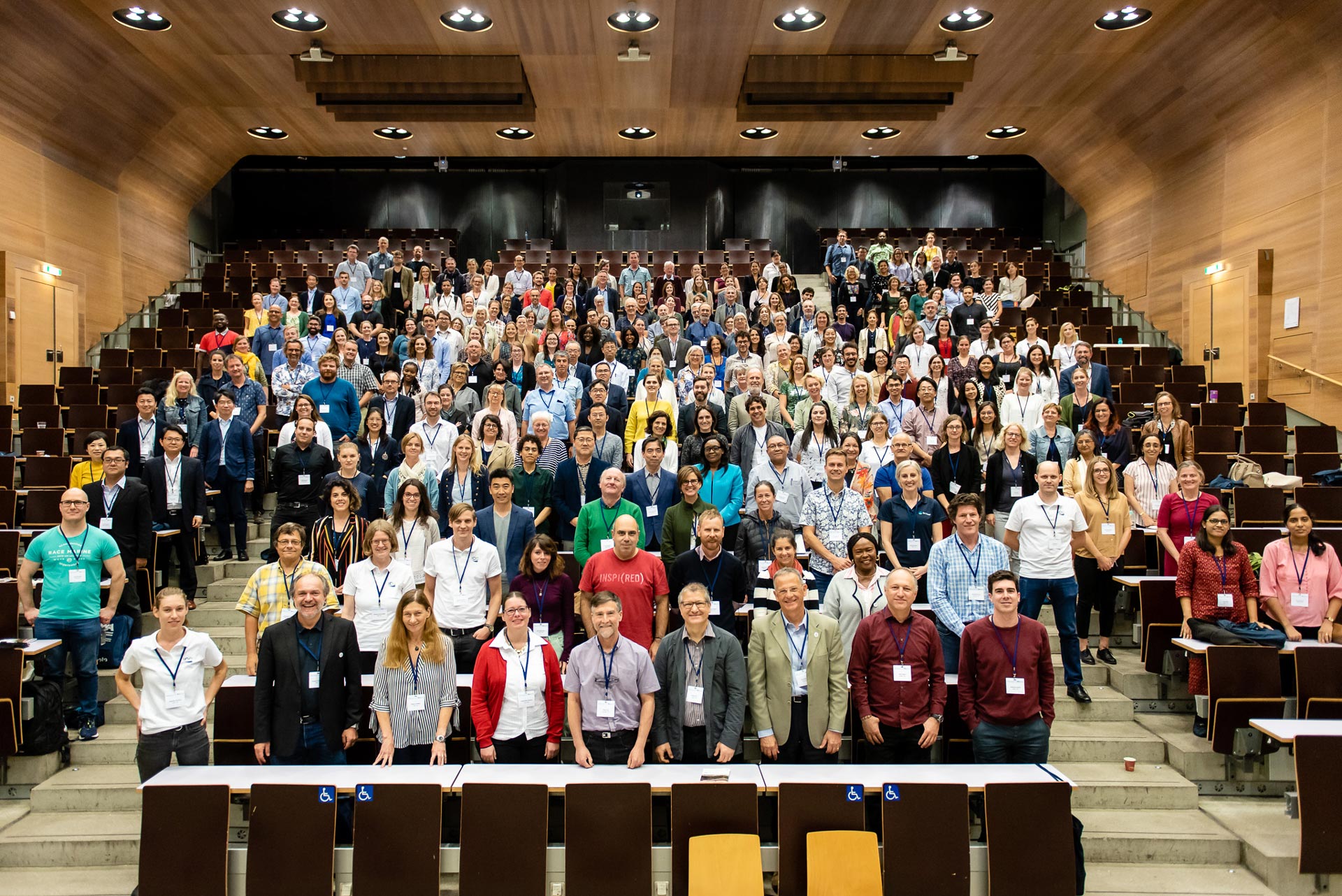Water Research, Volume 289, Part B, 15 January 2026, 124990.
Tanja Zlender, Lucija Brezočnik, Vili Podgorelec, Maja Rupnik
https://www.sciencedirect.com/science/article/pii/S0043135425018937

International Water Association, Specialist Group
Water Research, Volume 289, Part B, 15 January 2026, 124990.
Tanja Zlender, Lucija Brezočnik, Vili Podgorelec, Maja Rupnik
https://www.sciencedirect.com/science/article/pii/S0043135425018937
Water Research, Volume 289, Part B, 15 January 2026, 124911.
Qian Liu, Jie Chen, Ran Xu, Cong Huang, Nanqi Ren, Shuhong Gao, Wei Li, Xiaodong Xin, Sihao Lv, Siqi Yang, Weiwei Ben, Ai-Jie Wang
https://www.sciencedirect.com/science/article/pii/S0043135425018147
Water Research, Volume 289, Part B, 15 January 2026, 125013.
Xinru Pang, Yang Yang, Dong Yang, Zhongwei Yang, Haibei Li, Shuqing Zhou, Tianjiao Chen, Yue Zhao, Junwen Li, Danyang Shi, Min Jin
https://www.sciencedirect.com/science/article/pii/S0043135425019165
Water Research, Volume 289, Part B, 15 January 2026, 125002.
Ahlam Chaqroun, Julie Challant, Hélène Jeulin, Julie Loutreul, Thomas Ansmant, Stéphane Labialle, Zuzana Gerber, Cédric Fund, Christelle Aigueperse, Jean-François Deleuze, Robert Olaso, Nicolas Boudaud, Vincent Maréchal, Christophe Gantzer, Isabelle Bertrand
https://www.sciencedirect.com/science/article/pii/S0043135425019050
Water Research X, Volume 29, 1 December 2025, 100438.
Chujing Zheng, Yue Xing, Xiaoxi Kang, Yujie Men
https://www.sciencedirect.com/science/article/pii/S2589914725001379
Water Research X, Volume 29, 1 December 2025, 100429.
J.I. Quintana-Terriza, C. Fernández-García, P. García-Muñoz, J. Rodríguez-Chueca
https://www.sciencedirect.com/science/article/pii/S2589914725001288
Water Research X, Volume 29, 1 December 2025, 100404.
Isabel K. Erb, Niklas Gador, Moa Jinbäck, Elisabet Lindberg, Catherine J. Paul
https://www.sciencedirect.com/science/article/pii/S2589914725001033
Water Research X, Volume 29, 1 December 2025, 100406.
Wenjing Liu, Min Deng, Yuren Wang, Lu Li, Yeerken Senbati, Yunpeng Xue, Kang Song, Fengchang Wu
https://www.sciencedirect.com/science/article/pii/S2589914725001057
Water Research X, Volume 29, 1 December 2025, 100403.
Zixuan Zhang, Miaomiao Teng, Lihui Zhao, Jiaqi Sun, Yunxia Li, Hongbo Ma, Wen Li, Wanting Zhou
https://www.sciencedirect.com/science/article/pii/S2589914725001021
Water Research X, Volume 29, 1 December 2025, 100347.
Daniel T. Myers, Laura Zgleszewski, Raven Bier, Jacob R. Price, Shane Morgan, John K. Jackson, Diana Oviedo-Vargas, Melinda Daniels, David B. Arscott, Jinjun Kan
https://www.sciencedirect.com/science/article/pii/S2589914725000465
Water Research, Volume 289, Part A, 15 January 2026, 124843.
Yiding Wang, Greyson Xinghan He Lawrence Chiang Stephanie K. Loeb
https://www.sciencedirect.com/science/article/pii/S0043135425017464
Water Research, Volume 288, Part B, 1 January 2026, 124751.
Jing Ai, Yuxi Zong, Xiaoyin Yang, Lanfeng Li, Hao Zhou, Sainan Peng, Hang He, Weijun Zhang, Chengzhi Hu, Qilin Wang
https://www.sciencedirect.com/science/article/pii/S0043135425016549
Water Research, Volume 288, Part B, 1 January 2026, 124715.
Chisha Chongo Mzyece, Miriam Glendell, Zisis Gagkas, Mads Troldborg, Camilla Negri, Eulyn Pagaling, Ian Jones, David M. Oliver
https://www.sciencedirect.com/science/article/pii/S0043135425016185
Water Research, Volume 288, Part B, 1 January 2026, 124663.
Roland Wirth, Bernadett Pap, Márk Szuhaj, Zoltán Bagi, Zoltán Farkas, Kornél L. Kovács, Gergely Maróti
https://www.sciencedirect.com/science/article/pii/S0043135425015660
Water Research Volume 288, Part A, 1 January 2026, 124555.
Thomas W. Clough, Reshma Silvester, Jessica Kevill, Kata Farkas, Shelagh K. Malham, Gareth Cross, Peter Robins, Davey L. Jones
https://www.sciencedirect.com/science/article/pii/S0043135425014599
Recent Comments